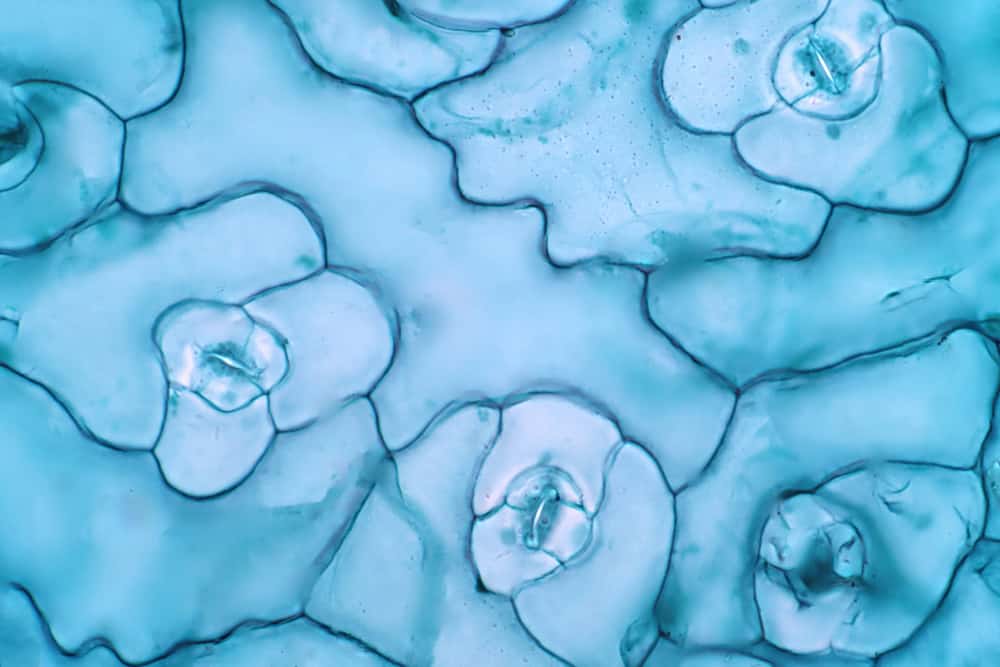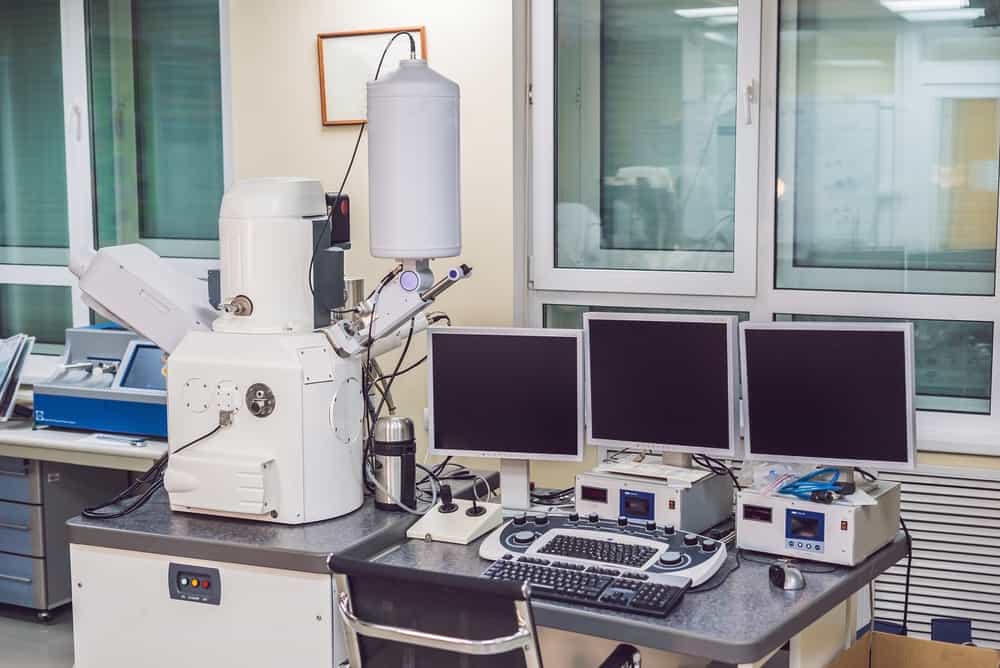
Have you ever used a carbon fiber microscope before? These scientific tools are incredibly useful in the world of science, capable of capturing incredible images and information.
Let’s explore the basics of carbon fiber microscopes so we can understand what exactly they are and how they work so that you can become a carbon fiber microscope expert! Then, we’ll talk about some of their best uses, so you can see just how powerful and useful these microscopes can be.
Contents
What Are Carbon Fiber Microscopes?
Let’s make sure we have a firm understanding of what a carbon microscope is and how they work.
Carbon fiber microscopes are a type of atomic force microscope (AFM) that use a carbon fiber probe to scan the surface of a sample.
What’s an AFM? Atomic force microscopy, with an extremely high-resolution form of microscopy, can detect molecules as small as a fraction of a nanometer. They do this by using a tiny probe to scan the surface of a sample and measure the forces between the probe and the surface to create a 3D map of the surface’s topography.
Carbon fiber probes are particularly useful for AFMs because they are very strong, flexible, and have a very small diameter. This allows for even more high-resolution imaging, increasing the overall accuracy of the AFM. These carbon fiber tips are also less likely to damage delicate samples than other probes, such as silicon or metal.
Where Are Carbon Fiber Microscopes Used?

Many different industries utilize carbon fiber microscopes for a wide range of uses!
Carbon fiber microscopes are commonly used in materials science, nanotechnology, and biology research. Within these fields, these microscopes are used to study the surface topography of a wide range of materials, including semiconductors, polymers, and biological tissues. You can also use them to measure surface properties such as roughness, adhesion, and elasticity.
The four branches of science where we see them used most often includes:
- Life Sciences: Carbon fiber microscopes are used in life sciences for studying cells and other biological materials. They are used to create high-resolution images of cells and other structures, which is essential for understanding the biology of living organisms.
- Materials Science: Carbon fiber microscopes are used in materials science for analyzing the microstructure of materials. They are used to create images of materials at the atomic and molecular scale, which is essential for understanding the properties of materials.
- Nanotechnology: Carbon fiber microscopes are used in nanotechnology to create high-resolution images of nanoscale structures. They are used to create images of nanoparticles and other small structures, which is essential for understanding the properties of materials at the nanoscale.
- Semiconductor Industry: Carbon fiber microscopes are used in the semiconductor industry for analyzing the surface of semiconductor materials. They are used to create images of the surface of semiconductor materials, which is essential for understanding the properties of these materials and for developing new semiconductor technologies.
Their usefulness boils down to their ability to capture truly high-resolution insights for the smallest of microscopic forms. These microscopes can provide incredible insight into the little details that make up the surface of a specimen, perfect for quality checks and quantitative analysis.
Overall, carbon fiber microscopes are a powerful tool for studying the nanoscale world and can provide valuable insights into the properties and behavior of a wide range of materials.
5 Best Uses for Carbon Fiber Microscopes

What are carbon microscopes good for, anyway? As discussed in the sections above, these microscopes are great for capturing incredible detail down to the smallest nanoscale. It’s just one of the many uses for carbon fiber microscopes that make them such an excellent microscope choice!
Let’s look at some other amazing things carbon fiber microscopes can do. Here are five of the more popular uses for carbon fiber microscopes:
High-resolution imaging
We know we keep saying it, but it’s what makes this tool so great! The most common reason a person would use a high-resolution carbon microscope is its ability to capture high-resolution images.
Carbon fiber probes, in particular, are useful here when trying to capture images of very small specimens. Carbon fiber tips are very small in diameter, which allows for high-resolution imaging of samples at the nanoscale level.
Minimal sample damage
Scientists also love using carbon fiber tips because they are gentle on their subjects. Carbon fiber probes are less likely to damage delicate samples during imaging than other types of probes, such as silicon or metal.
Versatile in use
Carbon fiber microscopes are also often used for their versatility, able to be used for a wide range of tests and subject matter. Carbon fiber microscopes can study various materials, including semiconductors, polymers, and biological tissues.
Enhanced sensitivity
The increased sensitivity of carbon fiber microscopes also makes them useful, allowing the scope to capture even the tiniest detail more accurately. Carbon fiber probes are sensitive to small surface topography changes and can detect very small features, such as individual atoms.
Better Accuracy
Finally, scientists love to use carbon fiber probes on their AFM microscopes because of their better accuracy when compared to other probe types. Carbon fiber probes can accurately measure surface properties such as roughness, adhesion, and elasticity. These are the kinds of details other microscopes can’t provide as much insight into.
In Conclusion
As you can see, carbon fiber microscopes are wonderful pieces of technology, helping scientists reach new insights and discoveries every day.
The use of carbon fiber microscopes can provide valuable insights into the properties and behavior of a wide range of materials at the nanoscale level, something other microscopes just can’t do. Scientists looking for accurate nanoscale-level readings would do well to look more into using these kinds of tools!

